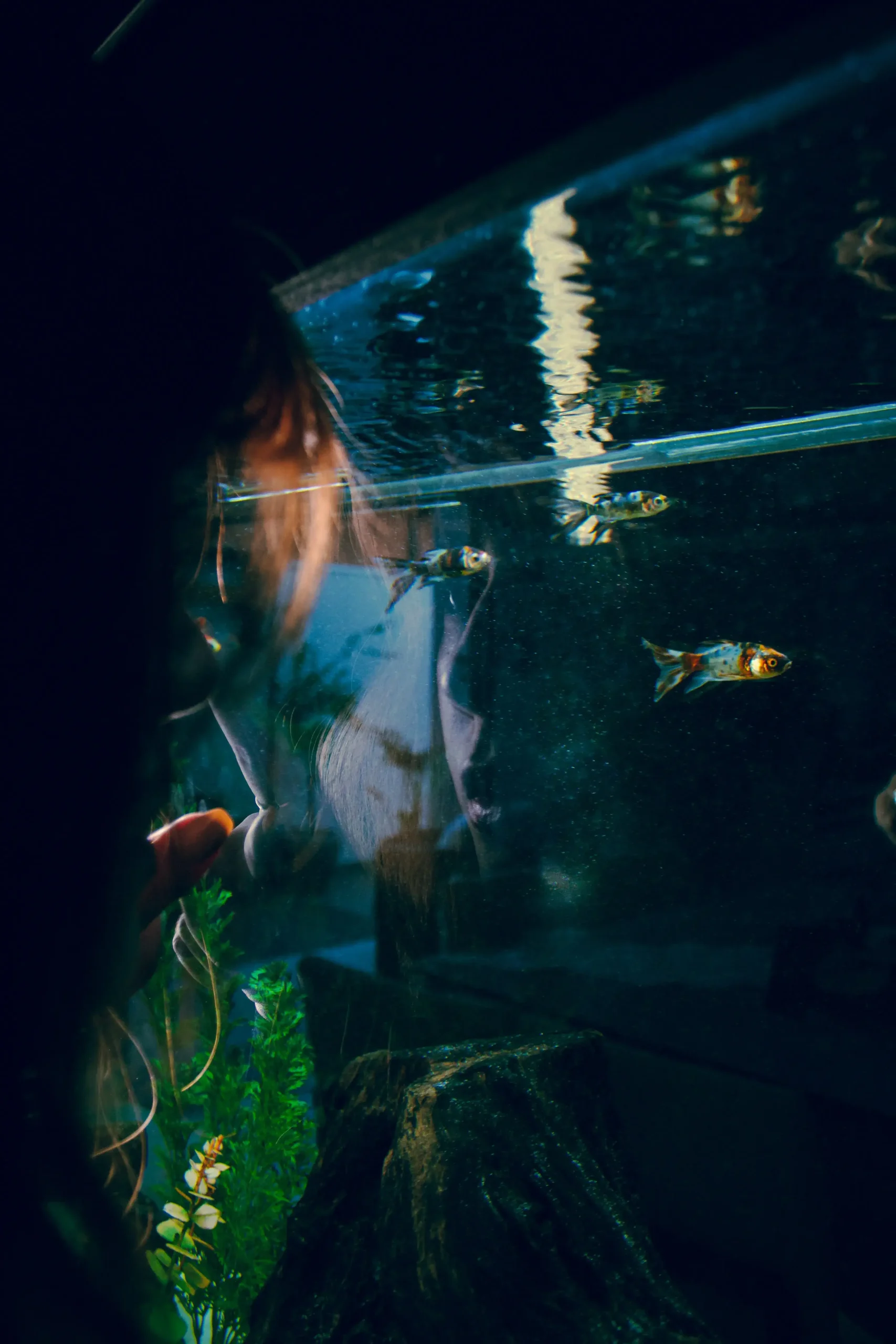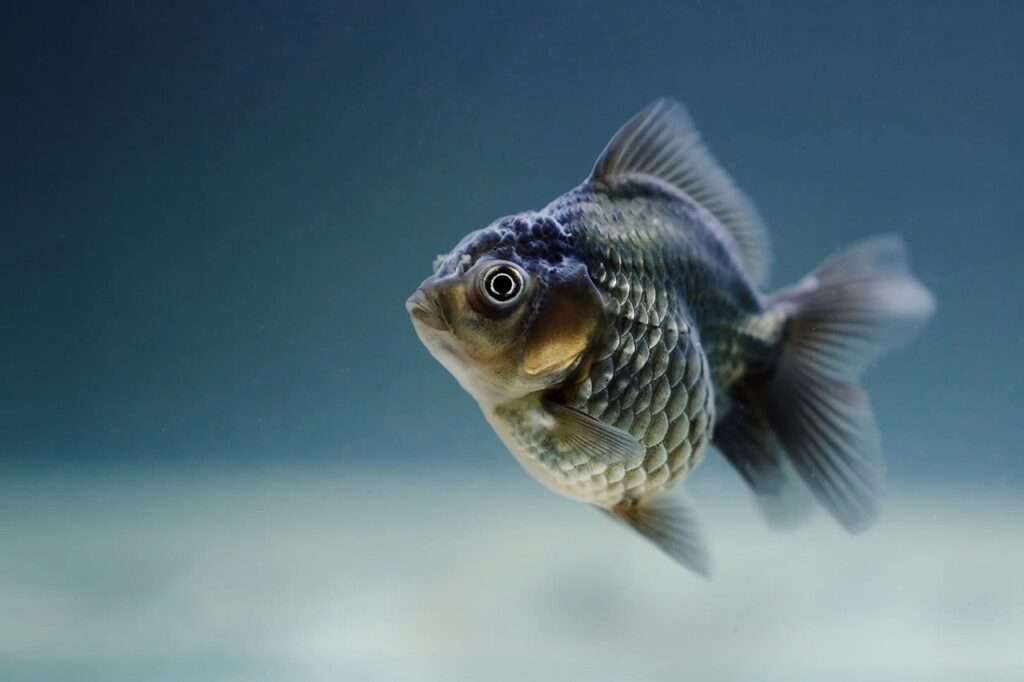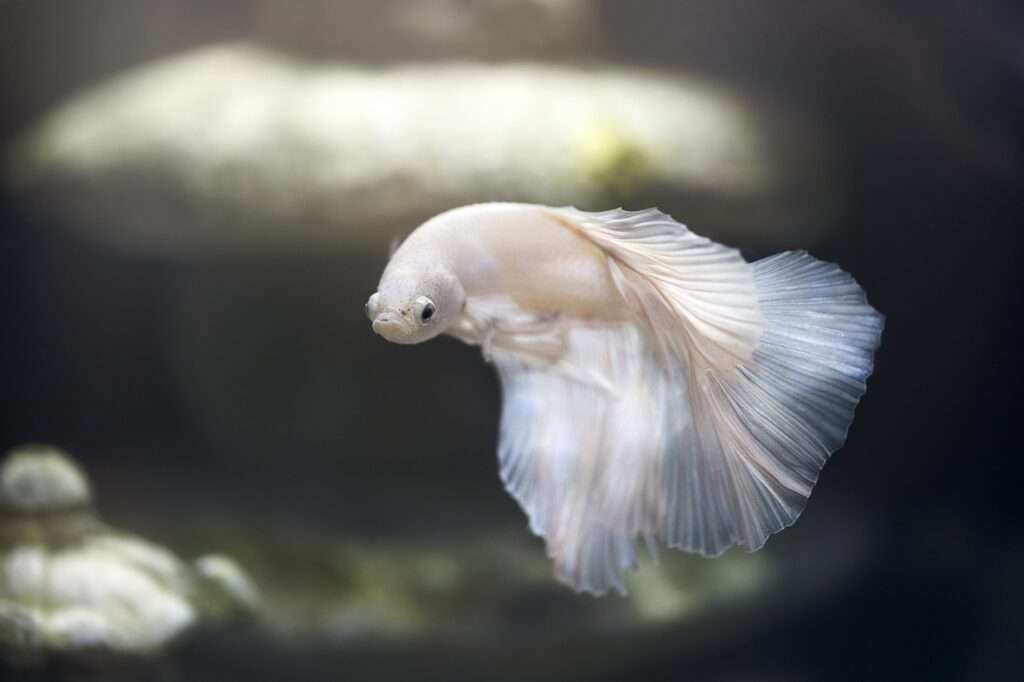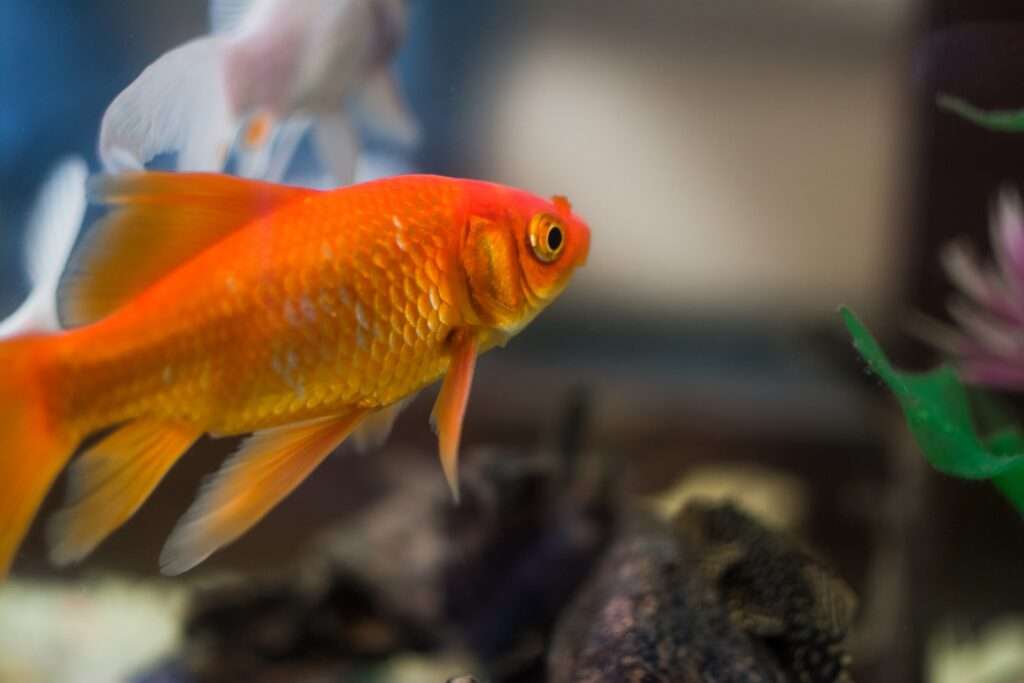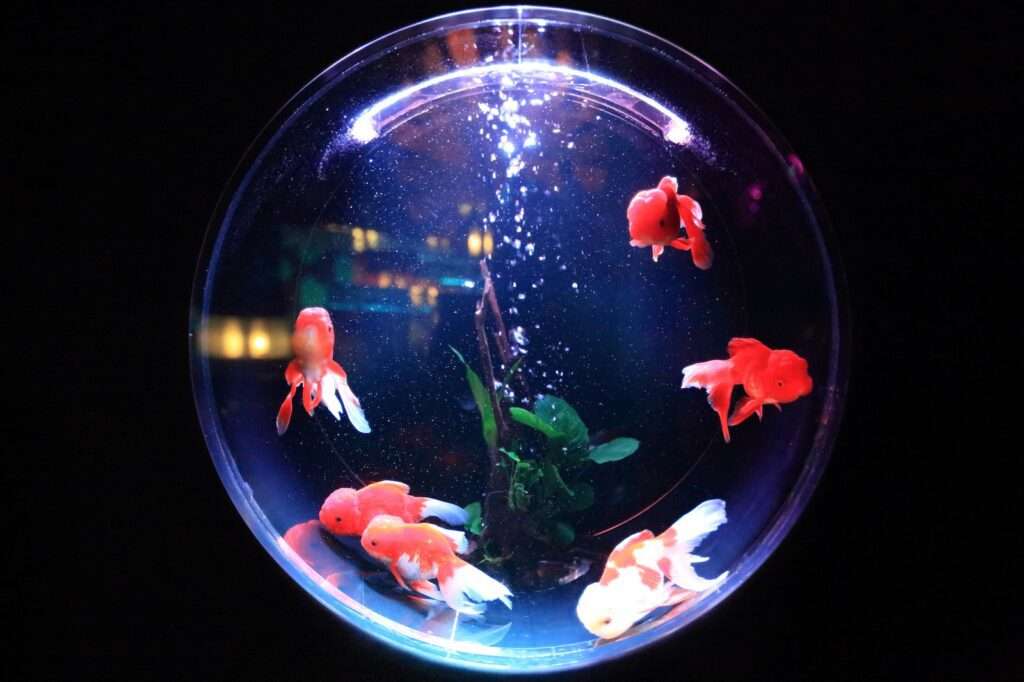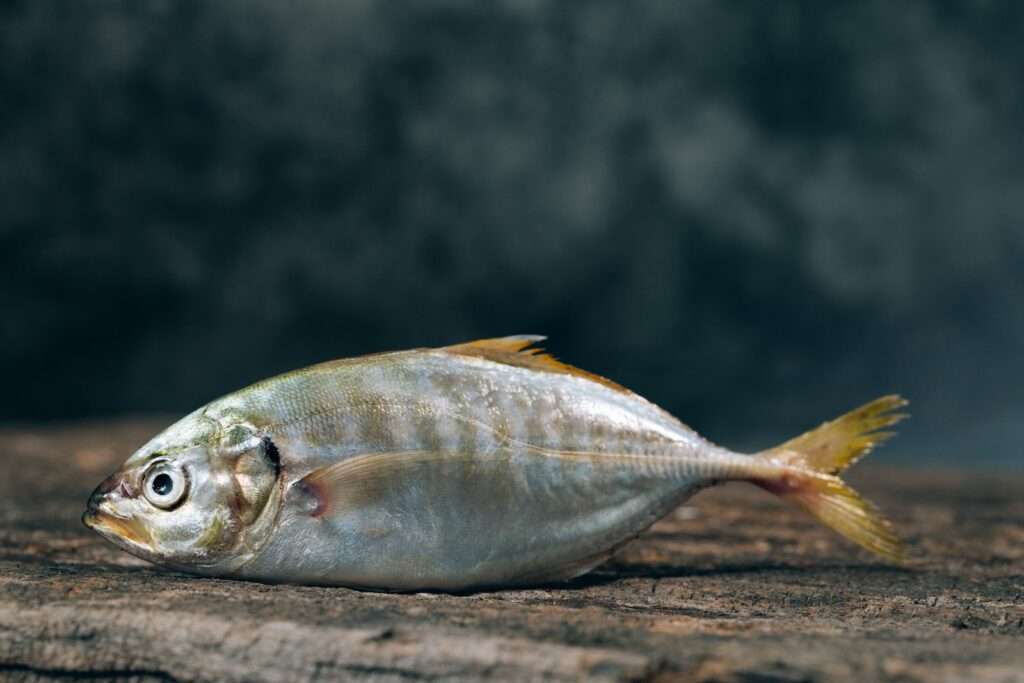Header: Fish Health: How to Handle and Transport Fish Safely
Introduction:
Fish health is a crucial aspect of maintaining a thriving aquatic environment. Whether you are a fish hobbyist, a pet store owner, or involved in the fisheries industry, understanding how to handle and transport fish safely is essential to prevent stress, injuries, and potential health issues. In this article, we will discuss the best practices for handling and transporting fish, along with some frequently asked questions.
Heading 1: The Importance of Proper Fish Handling and Transportation
Subheading 1: Stress and its Impact on Fish Health
Handling and transportation can cause significant stress to fish, which can weaken their immune system and make them susceptible to diseases. It is important to minimize stress during these processes to ensure their overall well-being.
Subheading 2: Common Injuries during Handling and Transportation
Improper handling techniques can lead to injuries such as fin damage, scale loss, and bruising. These injuries can not only cause pain and discomfort to the fish but also increase the risk of infections.
Subheading 3: Maintaining Water Quality during Transportation
Maintaining water quality is crucial during fish transportation as poor water conditions can lead to oxygen deprivation and ammonia buildup, causing stress and potentially fatal health issues.
Subheading 4: Preventing the Spread of Diseases
Fish diseases can easily spread during transportation, especially if proper biosecurity measures are not followed. It is essential to prevent the introduction and transmission of pathogens to protect the health of the fish population.
Heading 2: Best Practices for Handling Fish Safely
Subheading 1: Minimizing Stress during Capture and Handling
To minimize stress, it is important to handle fish gently and avoid sudden movements. Using a soft net or wet hands can help prevent injuries and reduce stress levels.
Subheading 2: Using Suitable Nets and Containers
Using nets and containers that are appropriate for the size and species of fish is crucial. The mesh size of the net should be small enough to prevent fish from getting tangled, and the container should provide ample space for the fish to move comfortably.
Subheading 3: Avoiding Rough Surfaces and Abrasive Materials
When handling fish, it is important to avoid rough surfaces and abrasive materials that can damage their delicate skin and scales. Using smooth, non-toxic materials is recommended.
Subheading 4: Maintaining Optimal Water Conditions
Keeping the water parameters within the appropriate range during handling is important to minimize stress. This includes maintaining temperature, pH, and oxygen levels suitable for the specific species of fish.
Heading 3: Tips for Safe Fish Transportation
Subheading 1: Planning Ahead and Preparing the Fish for Transportation
Proper planning and preparation are essential for safe fish transportation. This includes fasting the fish to reduce waste production, ensuring they are in good health before transport, and acclimating them to the transportation container.
Subheading 2: Choosing the Right Transportation Container
The transportation container should be sturdy, leak-proof, and appropriate for the size and number of fish being transported. It should also provide adequate ventilation to ensure proper oxygen exchange.
Subheading 3: Securing the Container and Preventing Shifting during Transport
To prevent accidents and injuries, the transportation container should be securely fastened and protected from excessive movement during transport. This can be achieved by using straps, padding, and packing materials.
Subheading 4: Monitoring and Maintaining Water Quality during Transit
Regularly monitoring water quality parameters such as temperature, pH, and ammonia levels is crucial during transit. Using battery-powered air pumps or oxygenators can help maintain adequate oxygen levels in the water.
Heading 4: Frequently Asked Questions (FAQs)
FAQ 1: How long can fish survive without food during transportation?
Fish can typically survive without food for a few days to a week during transportation, depending on the species. However, it is advisable to consult species-specific guidelines or seek professional advice for longer journeys.
FAQ 2: Can I transport fish in plastic bags?
Transporting fish in plastic bags is possible, but it requires careful consideration of their size, water volume, and oxygen supply. It is generally recommended to use sturdy containers that provide better protection and stability.
FAQ 3: What are some signs of stress in fish during transportation?
Signs of stress in fish during transportation may include increased respiration rate, erratic swimming behavior, loss of appetite, and color changes. It is important to address these signs promptly to minimize health risks.
FAQ 4: Is it necessary to acclimate fish after transportation?
Yes, acclimating fish after transportation is essential to help them adjust to their new environment gradually. This process involves slowly mixing the water from the transportation container with the destination tank water to prevent shock.
FAQ 5: How can I prevent fish from getting injured during transportation?
To prevent fish injuries during transportation, make sure to handle them gently, use appropriate nets and containers, avoid rough surfaces, and secure the transportation container to prevent shifting or impact.
Conclusion:
Handling and transporting fish safely is crucial for their overall well-being and vitality. By following the best practices outlined in this article, you can minimize stress, injuries, and the spread of diseases, ensuring that your fish arrive at their destination in the best possible condition. Remember, healthy fish are happy fish!


